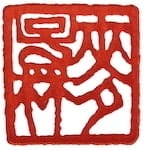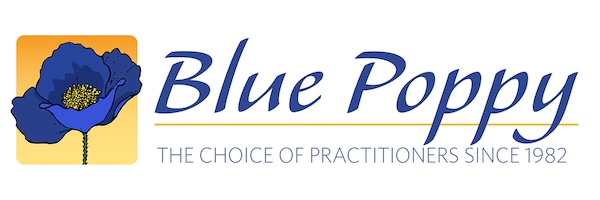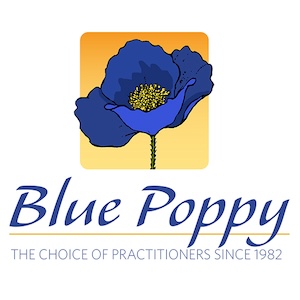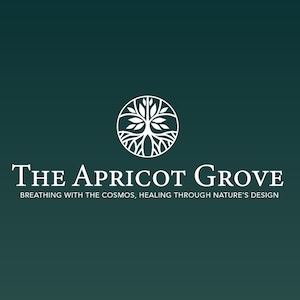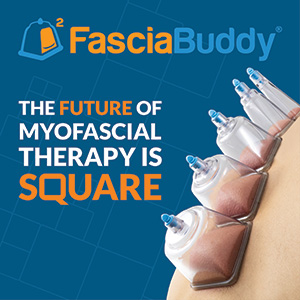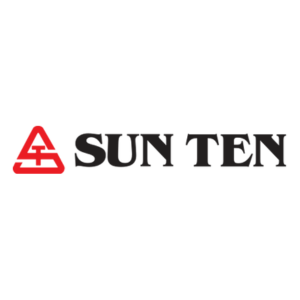Our medicine teaches us that all things move through cycles of generation, flourishing, decline and disappearance. It’s the way qi moves through this world and so not a surprise that at some point there is an end to the practice that has sustained us and allowed us to help others along the way.
In this conversation with Charlie Braverman we discuss the sunset of an acupuncture practice. The opportunities that arise while you still have time to learn something new. The importance of having a kind of support when beginning that goes beyond getting the diagnosis right, and how success sometimes means it is time to move onto something else.
In This Conversation We Discuss:
- What got Charlie’s attention that it was time to wind down the practice
- Criteria for retirement
- The magic of a letter to patients
- Becoming an acupuncturist at 46
- Not good at sales, but good at communication
- Another “now what” moment
- Lessons learned as a real estate agent
- The importance of support and supervision after graduation
- Knowing for yourself what success means
- Getting comfortable with ambiguity
Experience isn’t Expensive, it’s Priceless
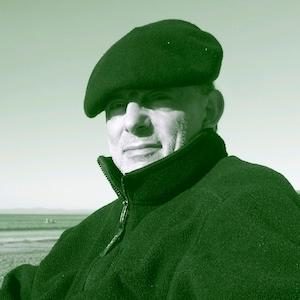 I retired in July, 2020, after practicing for 20 years in Albany, NY. I treated the wide range of issues (and their patients) that present to most acupuncturists. I specialized in treating chronic pain, digestion issues and herpes zoster.
I retired in July, 2020, after practicing for 20 years in Albany, NY. I treated the wide range of issues (and their patients) that present to most acupuncturists. I specialized in treating chronic pain, digestion issues and herpes zoster.
Like so many of us, I combined parts of several disciplines and modalities to create a practice that was uniquely my own. (1) Japanese palpation and pulse, to diagnose (in addition to conversations that would, ideally (but not always), clarify the main complaint and reveal things essential to knowing and treating the patient). (2) Japanese ion-pumping-cord EV treatments as a first, balancing step. (3) Dr. Tan’s Balance Method, an imaging system to treat pain. And (4) for the last 18 years, 80% of the time, the go-to workhorse modality I used was Frequency Specific Microcurrent Therapy.
Every treatment ended with The Explanation and The Expectation: I made sure my patient knew what we had done that day to move us closer to their goals. And I told them what gains to look for: pain that lessens or shifts or becomes more localized. This was to direct their self-observations and to mitigate their unexpressed expectation of complete relief.
I asked my patients to partner with me. and I would often take a few minutes to simplify and trim back complicated exercises that a physical therapist, or similar, had prescribed.
My belief was that doing some exercise was better than doing none (which was often the amount they were doing when the first came in). And doing a simple movement correctly was better than doing a more ambitious one incorrectly.
Links and Resources
I relied on 3 books over the course of my practice: Alon Marcus’ Muscularskeletal Disorders: Healing Methods from Chinese Medicine, Orthopaedic Medicine and Osteopathy, which expertly connected Asian and Western perspective on the same pathology.
Microcurrent Electro-acupuncture, by Darren Starwynn. And Acupuncture Point Combinations, by Jeremy Ross, which is my most dog-eared text. ACP is a comprehensive acupuncture text: the work is organized by Western pathologies, yet each disease is described in TCM terms with clear point combinations. It has a glut of single page summary tables, including Combinations for Burnout (p 449). My personal burnout syndrome was #4.
